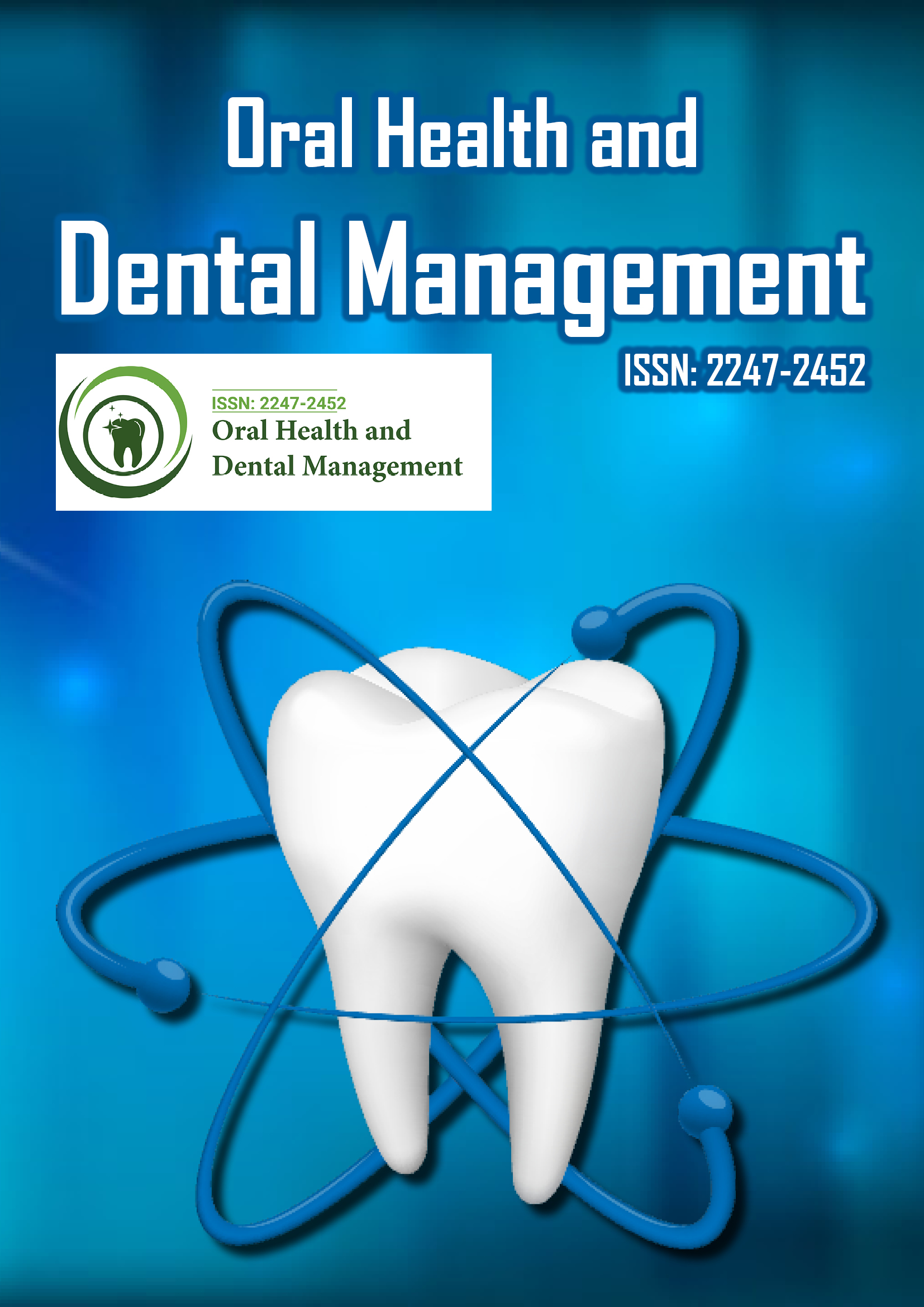Indexed In
- The Global Impact Factor (GIF)
- CiteFactor
- Electronic Journals Library
- RefSeek
- Hamdard University
- EBSCO A-Z
- Virtual Library of Biology (vifabio)
- International committee of medical journals editors (ICMJE)
- Google Scholar
Useful Links
Share This Page
Journal Flyer

Open Access Journals
- Agri and Aquaculture
- Biochemistry
- Bioinformatics & Systems Biology
- Business & Management
- Chemistry
- Clinical Sciences
- Engineering
- Food & Nutrition
- General Science
- Genetics & Molecular Biology
- Immunology & Microbiology
- Medical Sciences
- Neuroscience & Psychology
- Nursing & Health Care
- Pharmaceutical Sciences
Lateral sinus lift and GBR using demineralized auto tooth graft: Clinical comparison between demineralized auto tooth graft and other bone grafts
32nd Asia Pacific Dental and Oral Health Congress
July 23- 24, 2018 Sydney, Australia
Jill Park
JP Dental, USA
Posters & Accepted Abstracts: Oral Health Dent Manag
Abstract:
There have been numerous studies and research published since 1960 supporting that demineralized dentin matrix induces bone formation by enhancing bioavailability of NCPs such as BMP and DMP, etc. which are believed to play an important role in the mineralization of tissue. Based on literatures, demineralized auto tooth graft can be considered and used as alternative for autogenous and other types graft materials due to its osteogenic capacity. Despite this fact, many clinicians are not familiar with utilizing demineralized tooth graft and doubt about its efficacy of bone regeneration compared to other types of bone grafts. Clinical comparisons between demineralized tooth graft (study group) and other grafts (control group) were performed by conducting two different procedures. Lateral sinus lift was done using block type demineralized tooth graft in one side and using allograft, xenogrft in opposite side in a same patient. GBR with simultaneous implant placement were done using powder type demineralized tooth graft in one side and using allograft, xenograft in opposite side in a same patient. To evaluate and compare new bone formation for each case above, CT images were obtained to assess bone graft healing at 3 months and at 6 months. The cases with clinical analysis comparisons help to support and understand the fact that demineralized tooth graft is as effective and beneficial as other bone grafts available clinically. In conclusion, many clinicians should be encouraged to recognize auto tooth graft as innovative, practical and novel materials for bone formation, which can be used in our daily practice.
